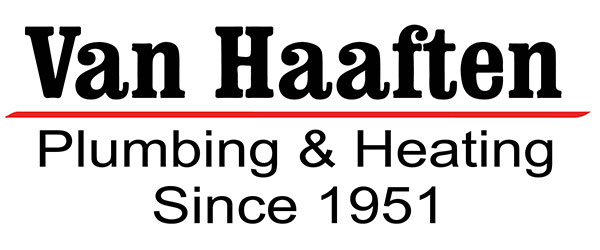
You shouldn’t have to compromise on comfort or drain your wallet to keep your home at a refreshing setting during warm days.
But what is the best temperature, exactly? We go over ideas from energy pros so you can choose the best temperature for your house.
Here’s what we recommend for the most energy-efficient setting for air conditioning in Pella.
Recommended Thermostat Settings for Summer
Most households find using the thermostat at 72-73 degrees is most comfortable. However, if there’s a sizeable difference between your indoor and outside temperatures, your electrical costs will be bigger.
These are our recommendations based on the U.S. Department of Energy (DOE) and ENERGY STAR®.
While at home: 78 degrees. While that appears hot, there are approaches you can keep your house pleasant without having the AC on constantly.
Keeping windows and window treatments closed during the day keeps chilled air where it should be—inside. Some window coverings, such as honeycomb shades or plantation shutters, are made to offer added insulation and better energy efficiency.
If you have ceiling fans in your residence, the DOE says you can raise thermostat temps about 4 degrees hotter without compromising comfort. That’s due to the fact they cool through a windchill effect. As they cool people, not areas, switch them off when you leave a room.
If 78 degrees still feels too hot at first glance, try running a trial for about a week. Begin by upping your temperature to 78 degrees while you’re at your house. Then, steadily decrease it while following the tips above. You may be shocked at how refreshed you feel at a warmer temperature setting.
While away: 88 degrees. There’s no reason to keep the air conditioning going all day while your residence is vacant. Turning the temp 7–10 degrees warmer can save you an estimated 5–15% on your electrical expenses, according to the DOE.
When you arrive home, don’t be tempted to set your thermostat under 78 to cool your home more quickly. This isn’t productive and often produces a higher cooling cost.
A programmable thermostat is a helpful way to keep your temperature under control, but you have to set programs. If you don’t set programs, you run the risk of forgetting to raise the set temperature when you take off.
If you want a handy resolution, think about getting a smart thermostat. This thermostat connects with your phone, so it is aware when you’re at home and when you’re gone. Then it instinctively changes temperature settings for the biggest savings. How much exactly? An estimated $180 each year on heating and cooling, according to ENERGY STAR.
Another benefit of using a smart thermostat? You can use your phone to monitor and adjust temperature settings from just about anywhere.
While sleeping: Around 70 degrees. While ENERGY STAR advises 82 degrees, that may be too uncomfortable for the majority of families. Most people sleep better when their sleeping area is chilled, so that’s why the National Sleep Foundation advises 60–67 degrees. But that might be too cool, depending on your pajama and blanket preference.
We advise using an equivalent test over a week, moving your thermostat higher and steadily lowering it to choose the ideal setting for your house. On mild nights, you could find keeping windows open at night and relying on a ceiling fan is a better option than operating the air conditioning.
More Ways to Save Energy During Warm Weather
There are additional ways you can save money on AC bills throughout hot weather.
- Install an energy-efficient cooling system. Central air conditioners only last about 12–15 years and lose efficiency as they become older. A new air conditioner can keep your home comfier while keeping energy costs down.
- Schedule yearly air conditioner maintenance. Regular air conditioner maintenance keeps your unit working properly and may help it run at greater efficiency. It can also help lengthen its life cycle, since it helps pros to uncover small troubles before they lead to a major meltdown.
- Put in new air filters regularly. Read manufacturer instructions for switching your air filter. A dusty filter can result in your system short cycling, or turn on and off too frequently, and raise your electricity.
- Check attic insulation levels. Almost 90% of homes in the USA don’t have adequate insulation, according to the Insulation Institute. The majority of southern climates should have 13–14” of attic insulation, while northern climates should have 16–18”.
- Have your ductwork examined. Ductwork that has come apart over time can seep conditioned air into your attic, walls or crawl space. This can lead to huge comfort issues in your home, like hot and cold spots.
- Seal cracks, doors and windows. Keep humid air where it should be by plugging openings. You can also caulk or weather strip doors to keep more conditioned air inside.
Save More Energy This Summer with Van Haaften Plumbing & Heating
If you want to use less energy during hot weather, our Van Haaften Plumbing & Heating experts can assist you. Give us a call at 641-628-3621 or contact us online for extra details about our energy-saving cooling options.



